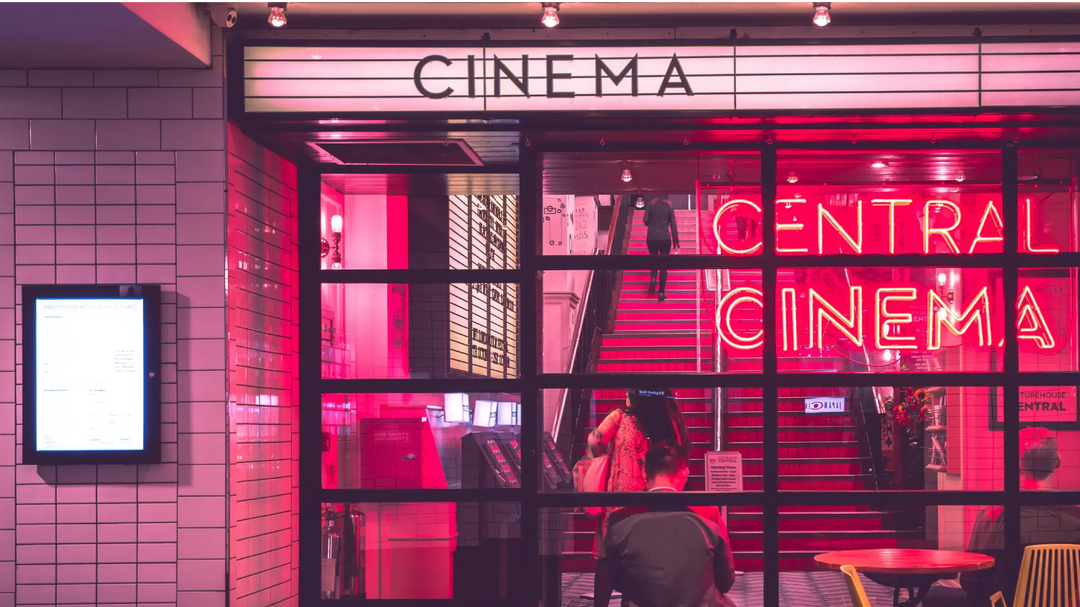LWL | Emotional and physical effects of art therapy in patients who suffer renal failure
By Hebe Hernández
Abstract
Art therapy is widely known and commonly used for patients with renal failure that receive hemodialysis, its function is to improve the person’s treatment environment and condition while they are receiving it. This project aims to inquire more about the emotional and physical effects ( through a scale) of art therapy and its level of satisfaction and other emotions with those who are receiving hemodialysis .
Keywords: Hemodialysis, scale, renal failure, treatment.
Introduction
Art has been known to be present since the very first beginning of human history, as a symbol of creativity, curiosity, culture, history and also expression of the human being, but throughout the time art has been also used and practiced as a remedy to improve the patient’s environment, mental state and personal growth through different diseases. Such as chronic kidney disease (CKD) ( also known as renal failure). Although these diseases cannot be reversed, art therapy aids in regulating emotions and improving the patient's mindstate. Articles, studies and investigations had been made about these experiments and they came out with great results. But there’s no exact way to measure the effectiveness of art therapy for patients that are receiving hemodialysis, nor do we know a deeper understanding about some of the emotions that they perceive while doing the therapy.
Csaba (2022) states that more than 10% of the general population worldwide are affected by renal failure ( also known as chronic kidney disease). This happens when one or both kidneys are
3
unable to remove the toxins from the body through the urination process. It is a state of progressive loss of kidney function ultimately resulting in the need for renal replacement therapy (dialysis or transplantation) (Satyanarayana R. Vaidya; Narothama R. Aeddula, 2022). These factors may influence the development of chronic kidney disease:
- Older age
- Gender
- Family history
- Race or ethnicity
- Genetic factors
- Hyperlipidemia (elevated fats in the blood)
- Hypertension (high blood pressure)
- Smoking
- Diabetes
- Obesity
When there isn't an opportunity to do kidney transplantation, another option is hemodialysis. Which is the process of 4 hours (3 times per week) of extracting blood from the body via a catheter that’s connected to a machine to filter and purify the blood so it can be transferred back from another catheter to the body again, simulating the urination process. Art therapy has been considered a way of ‘redress’ to enhance the conditions and surroundings of the patient while doing the treatment, as it stimulates creativity, self-esteem and manages to reduce symptoms like stress, anxiety, pain, frustration, and others.
4
Methods and Materials
This paper was conducted using a combination of literature review, descriptive experiment and data analysis. The experiment was taken in the regional hospital of Veraguas Luis ‘Chicho’ Fábrega ( Santiago de Veraguas, Panamá), in the Hemodialysis room. It was taken 3 sessions during 3 weeks (1 session per week), with different groups of people at different shifts.Which was the night shift. Each session of art therapy lasted between 2-2:30 hours. A form was given to the patients before and after the art therapy which had questions about how they were feeling before and after the art therapy. The materials that were used for the art therapy are: canvas with their support, acrylic paints, brushes, pencils and pens.
Participants
The hemodialysis room counts 52 patients in total, 38 of them did the first form (before the art therapy) and 34 of them did both before and after forms. So around 73% of the patients participated in the art therapy.
From the 38 people 66% were males and 34% were females.
In the table below the range of the patient’s ages who did the art therapy is shown:
|
Age range N° of people Percent |
|
> 15 y/o (0) 0% |
|
16-30 y/o (4) 11% |
|
31-45 y/o (6) 16% |
|
46-60 y/o (12) 31% |
|
61- 75 y/o (15) 39% |
|
76 y/o (1) 3% |
5
The majority were patients between 61-75 y/o.
Measurements
Two forms were made for the experiment.One before the art therapy and another one after the art therapy.Both were given printed. Here is attached the word document.
Before form:
https://docs.google.com/document/d/1hH3JDZR9t99f7UMCSHfijKxG-k10x0ODao1Emcf_jpY/ edit?usp=sharing
After form:
https://docs.google.com/document/d/1jf54vVfsU0K7o3GuHI-cWhbtJfzCyZlP/edit?usp=sharing &ouid=114442816686154253036&rtpof=true&sd=true
Results
Results from the form before and after the art therapy:
AT: Art therapy.
1.
|
How do you feel today? |
Before AT (%) After AT (%) |
|
Positive emotions: excited,happy, calm, |
87% 89.9% |
6
|
Negative emotions: sad, bored,anxious |
13% 10.1% |
|
How happy are you? |
Before AT (%) After AT (%) |
|
I’m not happy |
13.1% 3% |
|
I’m a little happy |
18.4% 13% |
|
I’m happy |
47.4 45% |
|
I’m very happy |
21.1% 39% |
|
How bored are you? |
Before AT (%) After AT (%) |
|
I’m not bored |
76% 76% |
|
I'm a little bored |
11% 24% |
|
I'm bored |
5% 0% |
|
I’m very bored |
8% 0% |
|
How much anxiety do you feel before the art therapy? |
Before AT (%) After AT (%) |
|
I don't feel anxiety |
68.4% 73% |
|
I feel a little bit anxiety |
26.3% 16% |
|
I feel anxiety |
5.3% 8% |
|
I feel a lot of anxiety |
0% 3% |
5.
7
|
Are you feeling stressed right now ? |
Before AT (%) After AT (%) |
|
I'm not stressed |
79% 79% |
|
I'm a little bit stressed |
13.2% 16% |
|
I'm stressed |
5.2% 0% |
|
I’m very stressed |
2.6% 5% |
|
Could you relax before/during the art therapy? |
Before AT (%) After AT (%) |
|
Yes |
94.8% 89% |
|
No |
5.2% 11% |
|
Do you think the time of hemodialysis will pass faster ? |
Before AT (%) After AT (%) |
|
Yes |
86.8% 89% |
|
No |
13.2% 11% |
|
Do you think that art therapy will cheer you up? |
Before AT (%) After AT(%) |
|
Yes |
100% 92.1% |
|
No |
0% 7.9% |
- Would you repeat AT?
8
|
Were you able to relax during the art After AT (%) therapy? |
|
Yes 100% |
|
No 0% |
Physical Effects.
Although there was no measurement for the physical effects, staff from the hemodialysis room informed that during the art therapy there was no complaint about any physical pain,which the patients normally had between the 2nd - 3rd hour of the hemodialysis (which was when the art therapy was done).
Other experiences
Patients after the art therapy showed signs of relaxation , happiness and satisfaction, they also informed that they would gladly paint more canvas and they would definitely do art therapy again.
Conclusion
The effectiveness of art therapy is high and impactful , it catches the attention from the patients and the results of it were marvelous.Patients feeled a lot better during the art therapy, positive effects increased through the patients. Levels of satisfaction, relaxation,joy and happiness were strongly present both in the environment and in the patients itselves, and negative effects were reduced greatly . Art therapy does help and improves self-esteem and in the patients. If art
9
therapy is more focused and delved deeper, making scales and new and creative measurements will definitely make a bigger impact on the arts and medicine community.
References
- UC DAVIS HEALTH. What is renal insufficiency?
https://health.ucdavis.edu/vascular/diseases/renal_insufficiency.html#:~:text=Renal%20in sufficiency%20is%20poor%20function,chemistry%20and%20remove%20organic%20wa ste
- Sockrider, Marianna, MD, DrPH; Shanawani, Hasan, MD(Jan 15, 2017). American Journal of Respiratory and Critical Care Medicine; New York Vol. 195, Iss. 2, : I,II. https://www.proquest.com/openview/ffe76d60976dd31bdbe1eec19e76466b/1?pq-origsite =gscholar&cbl=40575
- Peter Kotanko, ... Nathan W. Levin, in Comprehensive Clinical Nephrology(2010) (Fourth Edition)
https://www.sciencedirect.com/topics/medicine-and-dentistry/hemodialysis
10
- Shukla, A., Choudhari, S. G., Gaidhane, A. M., & Quazi Syed, Z. (2022). Role of Art Therapy in the Promotion of Mental Health: A Critical Review. Cureus, 14(8), e28026 https://doi.org/10.7759/cureus.28026




